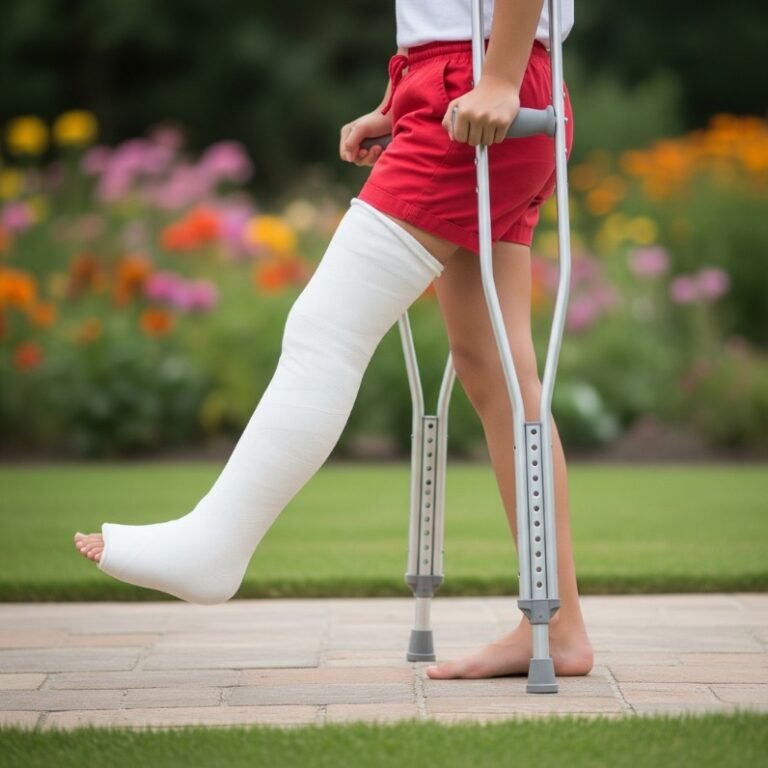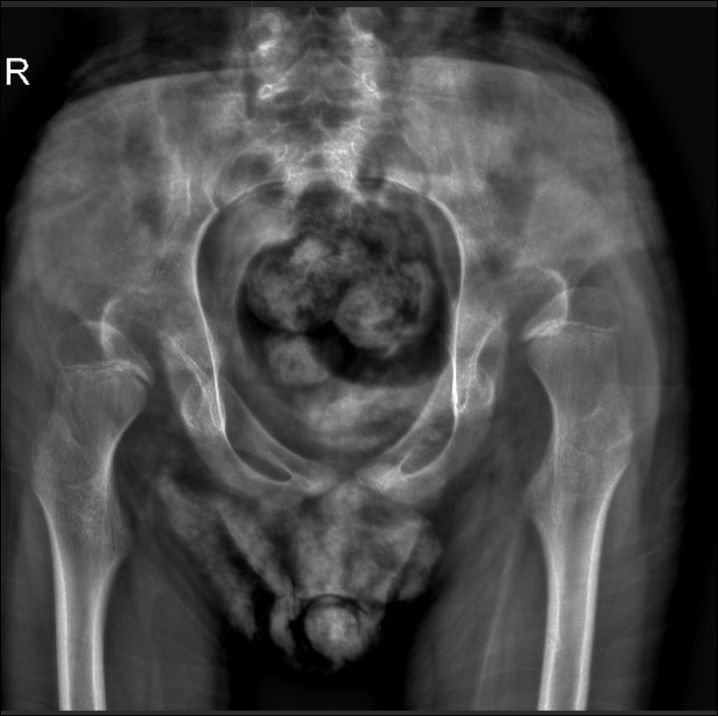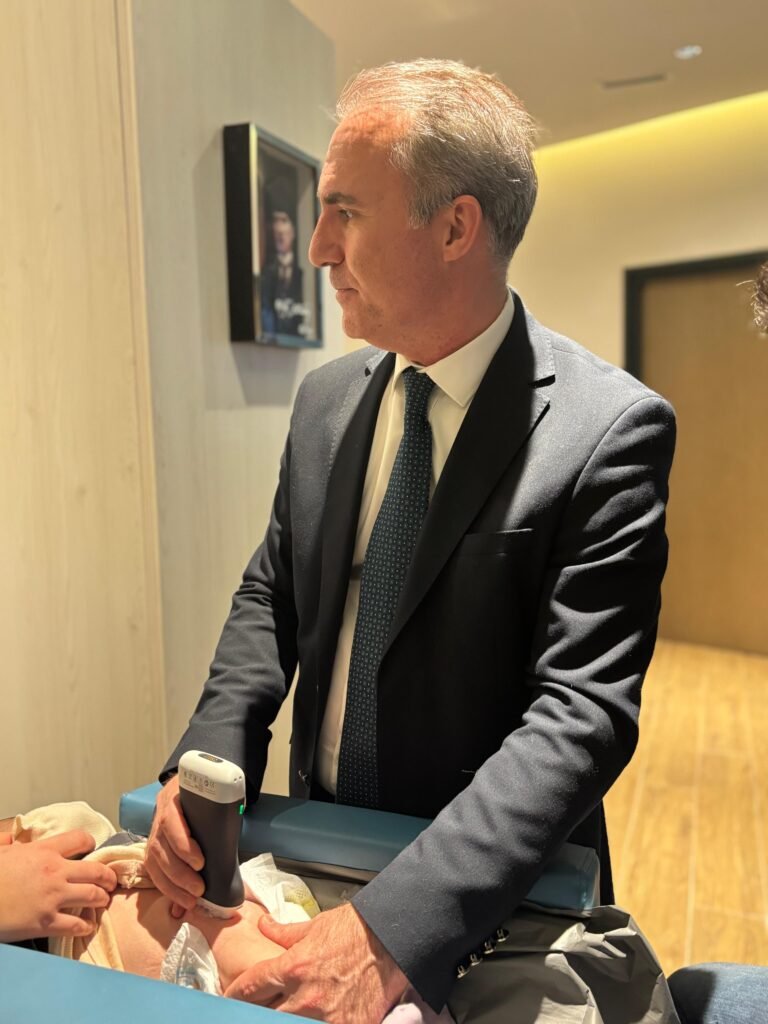-
Tibia-Fibula Fractures in Children
Tibia-Fibula Fractures in Children: Symptoms, Treatment Methods, and Recovery Process Contents What are the tibia and fibula in children? What causes tibia-fibula fractures in children? What are the symptoms of tibia-fibula fractures in children? Diagnosis and Imaging Methods for Tibia and Fibula Fractures in Children Treatment Methods for Tibia and Fibula Fractures in Children Recovery…
-
Ankle Fractures in Children
Ankle Fractures in Children: Symptoms, Treatment, and Recovery Process Contents What is an Ankle Fracture in Children? How Does an Ankle Fracture Occur in Children? What Are the Symptoms of an Ankle Fracture in Children? Diagnosis and Imaging Methods for Ankle Fractures in Children How Are Ankle Fractures Treated in Children? Recovery Process and Rehabilitation…
-
Hip Dislocation in Cerebral Palsy
Hip dislocation in children with cerebral palsy (CP) is one of the concerns that families often worry about. Imbalance in the muscles around the hip, especially spasticity in the adductor and iliopsoas muscles, can gradually cause the femoral head to partially or completely dislocate from the hip socket. This condition can lead to pain, limitations…
-
Pes Equinovarus (Clubfoot) Treatment
The Ponseti Method, also known as serial casting, is the gold standard treatment for Pes Equinovarus (PEV), commonly known as clubfoot. This method has been proven to deliver highly successful outcomes in correcting this congenital foot deformity. The approach aims to gradually correct the foot bones and soft tissues, bringing them into the proper position….
-
Hip Ultrasonography
Hip ultrasonography (USG) is a safe, effective, and painless imaging method used to examine the hip joints of infants suspected of having developmental dysplasia of the hip (DDH). This technique provides clear imaging of the soft tissues and cartilage structures of the joint, which have not yet fully ossified, enabling early diagnosis and treatment. After…
-
Why May Surgical Intervention Be Required in Extremity Height Inequalities?
Significant Limb Length Discrepancy If the difference between the extremities exceeds a certain threshold (typically more than 2–2.5 cm), it can significantly impact the child’s daily life. Rapidly Increasing Discrepancy If the difference is expected to widen as the child grows (for example, if the growth plates are affected), surgical intervention may be necessary. Pain…






